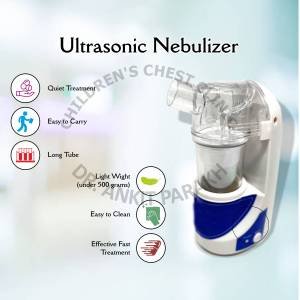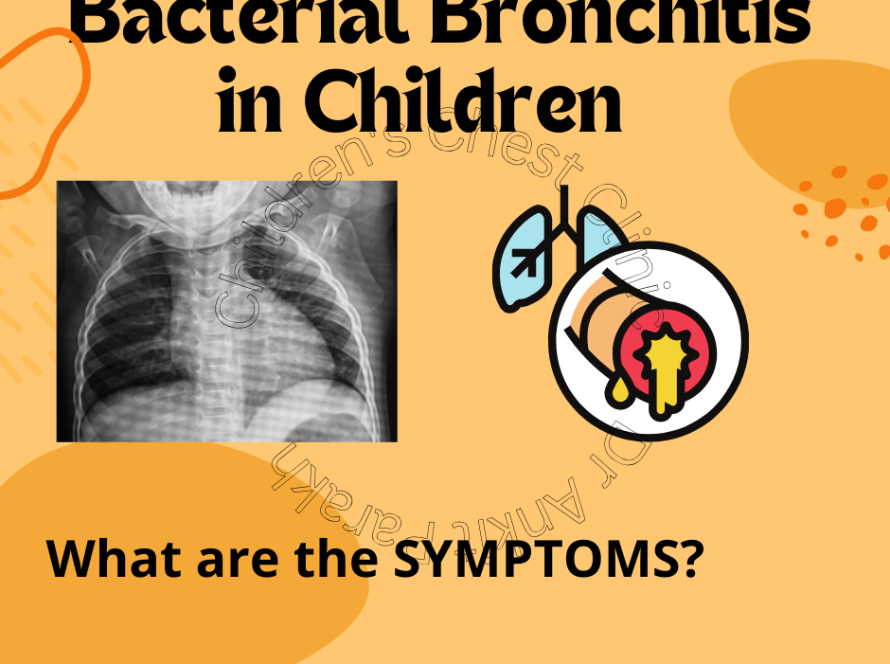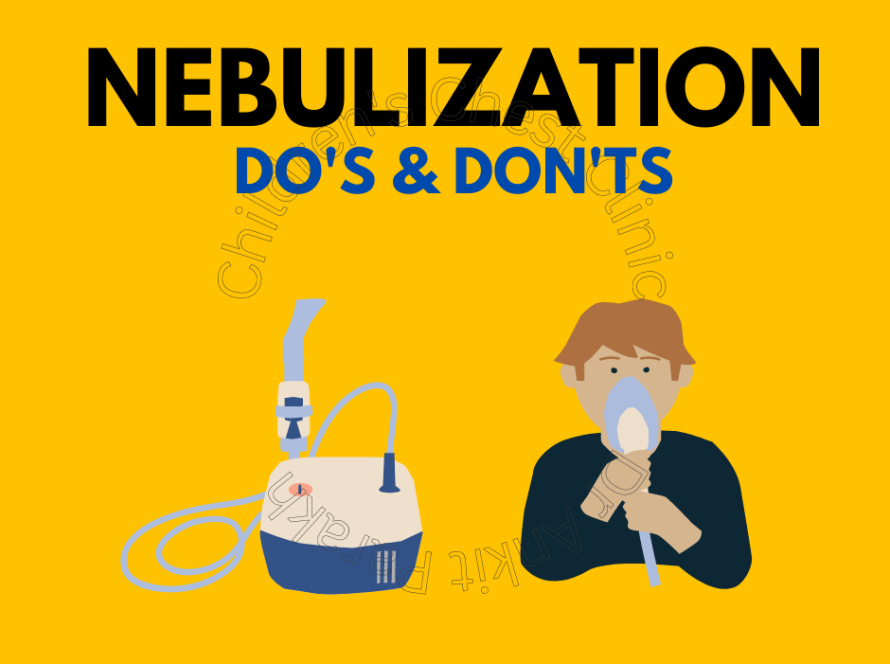Nebulizers are devices that turn liquid medicine into an aerosol or mist that a child can breath-in. Many children with airway respiratory diseases like asthma, bronchiolitis, bronchiectasis, cystic fibrosis etc require nebulizers to deliver medications deep into the lungs. Nebulizers are especially useful for young babies and children who are very sick. Certain medicines which are not available to be used with inhalers can be used with nebulizers.
While jet nebulizers are the preferred method of treatment for those requiring nebulised medicines, ultrasonic nebulizers are gaining popularity. Each type of nebulizer produces aerosol in a slightly different way to deliver these particles into the lungs leading to some differences in their efficiency and the amount of medication delivered to the lungs. In this article we shall discuss the various types of nebulizers which are available with a special focus on ultrasonic nebulizers. We shall not be discussing other systems of delivery of medicine to the lungs in the form of metered dose inhalers or dry powdered inhalers. These are discussed elsewhere.

What is an ultrasonic nebulizer?
Ultrasonic nebulizers do not use airflow to form an aerosol as happens with jet nebulizers. Ultrasonic nebulizers incorporate a piezoelectric crystal which vibrates at high frequencies (1-3 MHz) and creates ultrasonic sound waves. These waves break down the liquid into tiny particles or aerosols.
What are the advantages of an ultrasonic nebuliser?
Ultrasonic nebulizers are small and compact in size. They usually are battery driven and hence they are very portable and good for travel. Since ultrasonic nebulizers do not use compressed air to drive the medicine they are practically noise free, which is sometimes important in young children.
What are the disadvantages of ultrasonic nebulizers?
Ultrasonic nebulizers do have some limitations Compared to jet nebulizers. The cost of ultrasonic nebulizers is almost 4 to 5 times that of a jet nebulizer. The maintenance and repair of ultrasonic nebulizers is more difficult as compared to jet nebulizers. Ultrasonic nebulizers have a large residual volume, which means that a large amount of medicine remains into the nebulizer even after nebulization is complete. This hence reduces the amount of medicine which is delivered to the lungs. Unlike jet nebulizers, ultrasonic nebulizers cannot deliver suspensions medications. Hence, ultrasonic nebulizers cannot be used to deliver nebuliser medicines, which are available in the form of suspensions like corticosteroids.
In case your child is having a respiratory disease which requires nebulised medicines do get in touch with a child pulmonologist. Discuss in detail regarding the best nebulizer for your child.






